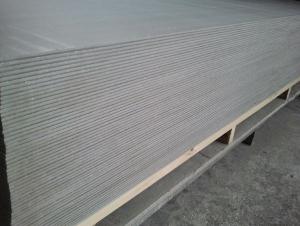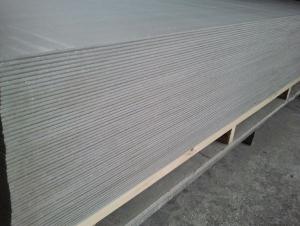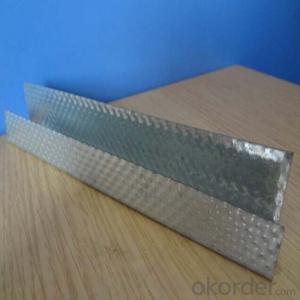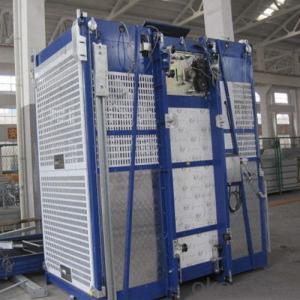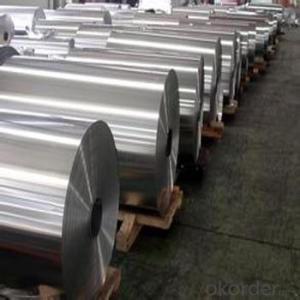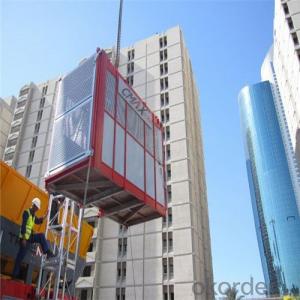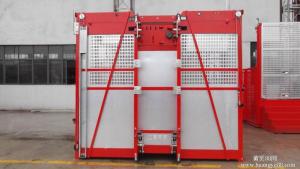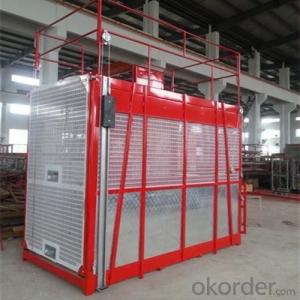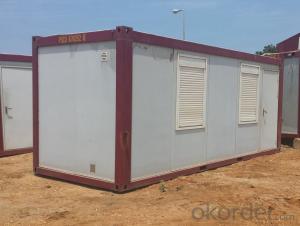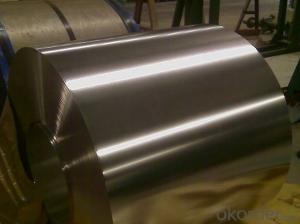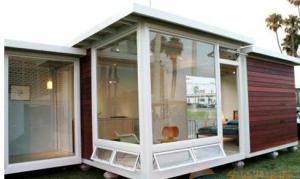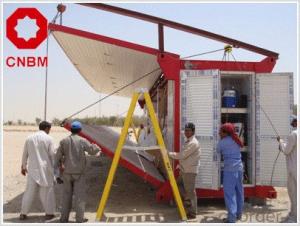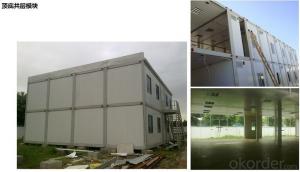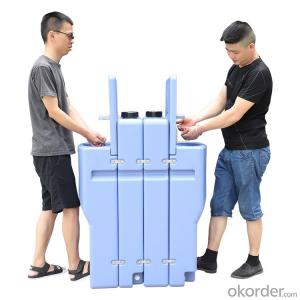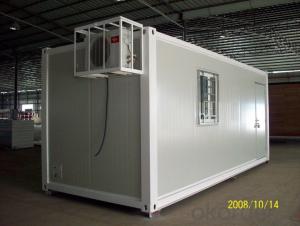Steel Building Homes
Steel Building Homes Related Searches
Best Stainless Steel For Knives Primer For Galvanized Steel H S Code For Stainless Steel Wd 40 For Stainless Steel Spray Paint For Stainless Steel Glue For Stainless Steel Drill Bits For Stainless Steel Spray For Stainless Steel Welder For Stainless Steel Magnets For Stainless SteelHot Searches
Steel Mesh Panels For Sale Price For Stainless Steel Scrap Scrap Price For Stainless Steel Stainless Steel Tank For Sale Cheap High Tea Sets For Sale Stainless Steel Tanks For Sale High Density Fiberboard For Sale Solar Hot Water Collectors For Sale Scaffolding For Sale In Uae Scaffolding For Sale In Ireland Scaffolding For Sale In Houston Type Of Inverter For Solar Price Of Shipping Containers For Sale Types Of Inverter For Solar Stock Price For Aluminum Used Solar Inverter For Sale Portable Led Signs For Sale Stone Hot Water Bottles For Sale Aluminum Coil Stock For Sale Steel Mesh Panels For SaleSteel Building Homes Supplier & Manufacturer from China
Okorder.com is a professional Steel Building Homes supplier & manufacturer, offers integrated one-stop services including real-time quoting and online cargo tracking. We are funded by CNBM Group, a Fortune 500 enterprise and the largest Steel Building Homes firm in China.Hot Products
FAQ
- The ability of container houses to withstand extreme temperatures is determined by the particular construction and insulation methods employed. While shipping containers are composed of heat and cold-conducting steel, they can be modified to effectively insulate against extreme temperatures. Insulation materials such as foam or spray foam can be used to line the container's walls and roof, thereby regulating internal temperature and minimizing heat transfer. Additionally, the installation of double-glazed windows, solar panels, and efficient HVAC systems can further optimize temperature control. However, it is important to acknowledge that the insulation and temperature resistance of container houses may vary depending on construction quality, location, and specific climate conditions. Proper planning, design, and insulation techniques are crucial in ensuring the resistance of container houses to extreme temperatures.
- What is a simple container?
- Container container (container simple room), also known as container room, container housing, container housing, refers to the main container-based material slightly modified into a window with a house
- Indeed, it is possible to design container houses to be accessible for wheelchair users. With careful planning and consideration, modifications can be made to meet the needs of individuals who use wheelchairs. There are several important factors to keep in mind when designing a wheelchair-accessible container house: 1. Entrance: To ensure easy access for wheelchair users, it is important to have a ramp or lift system at the entrance. The entrance should be wide enough to accommodate a wheelchair and have a level threshold to eliminate any obstacles. 2. Interior layout: The interior of the container house should be designed with spacious and open floor plans to allow wheelchair users to maneuver easily. All essential spaces, such as bedrooms, bathrooms, and kitchen areas, should be easily accessible without any tight turns or narrow corridors. 3. Doorways and hallways: Doorways should be widened to accommodate wheelchair widths, typically around 32 to 36 inches. Additionally, hallways should be wide enough to allow wheelchair users to navigate easily. 4. Flooring: To enable smooth movement for wheelchair users, the flooring should be even and smooth. Carpets or rugs should be avoided, as they can create obstacles or resistance for wheelchair wheels. 5. Bathroom accessibility: Bathrooms should be designed with accessible features, such as grab bars, roll-in showers, and adjustable-height fixtures. A larger turning radius should be provided to ensure easy maneuverability within the bathroom. 6. Kitchen modifications: Countertop heights should be adjusted to accommodate wheelchair users, and there should be clearance under sinks and countertops to allow wheelchair access. Lowered cabinet heights and adjustable shelving can also improve accessibility. 7. Accessibility aids: Additional accessibility aids, such as stairlifts or vertical platform lifts, can be installed to provide wheelchair users with access to different levels of the container house. By incorporating these design elements, container houses can be made wheelchair accessible, allowing individuals with mobility challenges to live comfortably in these unique and sustainable housing solutions.
- Container houses can be a suitable option for retirement living, depending on the individual's preferences and needs. One of the main advantages of container houses is their affordability compared to traditional housing options. This can be especially beneficial for retirees who may have limited financial resources or are looking to downsize and reduce their expenses. Container houses are also highly customizable, allowing retirees to design a living space that meets their specific requirements. They can be modified to include features such as ramps for easy accessibility, wider doorways to accommodate mobility aids, and open floor plans to minimize the need for excessive movement within the house. Moreover, container houses are typically low-maintenance and energy-efficient. They are built using durable materials that require minimal upkeep, reducing the burden of maintenance tasks for retirees. Additionally, container houses can be equipped with eco-friendly features such as solar panels and rainwater harvesting systems, which can help lower utility costs and minimize the environmental impact. However, it is important to consider potential drawbacks of container houses for retirement living. Container houses might have limited space, which may not be suitable for retirees who require more room for storage or have specific hobbies or interests that require dedicated spaces. Additionally, container houses may not be located in traditional retirement communities or neighborhoods, which can affect the social aspect of retirement living for those who value community engagement and interaction. Ultimately, the suitability of container houses for retirement living depends on the individual's preferences, financial situation, and specific needs. It is crucial for retirees to carefully evaluate their requirements and explore all available options before making a decision. Consulting with professionals in the field, such as architects or retirement living experts, can also provide valuable guidance in determining the best housing solution for retirement.
- Certainly, container houses can be designed to include a built-in bookshelf or library. The versatility of container houses enables the creation of unique and customizable interior layouts, allowing for the incorporation of various features like bookshelves or libraries. These features can be tailored to perfectly fit the size and layout of the container, optimizing the available space and offering ample storage for books and other items. Moreover, due to the increasing popularity of container homes, there is a wide array of innovative and visually appealing designs for built-in bookshelves or libraries that seamlessly blend into the interior of container houses. Whether it's a cozy reading corner with a few shelves or an impressive library spanning multiple containers, container houses can be personalized to cater to the preferences and requirements of book enthusiasts.
- Yes, container houses can definitely be designed with a rooftop deck. In fact, the modular nature of container homes makes them perfect for incorporating rooftop decks. By stacking and connecting multiple containers, it is possible to create a multi-level structure with a rooftop deck on top. The deck can be designed to provide additional outdoor living space, offering panoramic views and a place to relax and entertain. Additionally, container homes can be customized and modified to include various features like staircases, access points, and safety measures, ensuring a functional and enjoyable rooftop deck experience.
- It is true that container houses can be a suitable option for military or temporary base housing. There are several advantages that make them a viable choice for such purposes. To begin with, container houses are incredibly durable and sturdy. They are specifically designed to withstand even the harshest weather conditions, making them ideal for military bases that may be situated in challenging environments. Moreover, they are constructed to be resistant to fire and other potential hazards, ensuring the safety of military personnel. Furthermore, container houses offer the benefit of being portable and easy to transport. They can be swiftly and efficiently moved from one place to another, which is especially advantageous for temporary base housing. This flexibility allows military bases to adapt to changing circumstances and relocate housing units as needed. In addition, container houses are cost-effective. They are considerably more affordable than conventional construction methods, enabling military organizations to save on construction and maintenance expenses. This cost-effectiveness is particularly crucial for temporary bases, where budgetary constraints are often a concern. Moreover, container houses can be customized and modified to meet specific requirements. They can be easily expanded or interconnected to create larger living spaces, accommodating varying numbers of personnel. Additionally, they can be equipped with essential amenities such as heating, cooling, plumbing, and electrical systems, ensuring that military personnel have all the necessary comforts. Lastly, container houses are environmentally friendly. By repurposing shipping containers, we can reduce waste and promote sustainability. They can be designed to be energy-efficient, incorporating insulation and renewable energy sources, further reducing their carbon footprint. In conclusion, container houses are a suitable choice for military or temporary base housing due to their durability, portability, cost-effectiveness, customizability, and environmental friendliness. They provide a practical and efficient solution for accommodating military personnel in diverse locations and situations.
- Yes, container houses can definitely be designed with a minimalist aesthetic. The modular nature of container homes makes them highly adaptable to minimalist design principles. By incorporating clean lines, open spaces, and a limited color palette, container houses can achieve a minimalist look and feel. One of the key advantages of container homes is their ability to be customized and transformed into sleek, minimalist living spaces. The industrial look of containers can be softened and refined through the use of minimalist design elements. For example, choosing a monochromatic color scheme, such as whites, grays, or earth tones, can create a serene and minimalist atmosphere. Additionally, the simple and geometric shapes of containers lend themselves well to minimalist design. The clean lines and symmetrical layouts can be emphasized to create a sense of order and simplicity. By incorporating large windows and open floor plans, container houses can maximize natural light and create a sense of spaciousness, which are both key elements of minimalist design. Furthermore, minimalist design is all about decluttering and reducing excess. Container houses, with their limited space, naturally encourage a minimalist lifestyle. By carefully selecting only essential furnishings and decor, container homes can achieve a clutter-free and minimalist aesthetic. In conclusion, container houses can be designed with a minimalist aesthetic by incorporating clean lines, open spaces, a limited color palette, and decluttering. With the right design choices, container homes can offer a sleek and minimalist living experience that promotes simplicity and tranquility.


